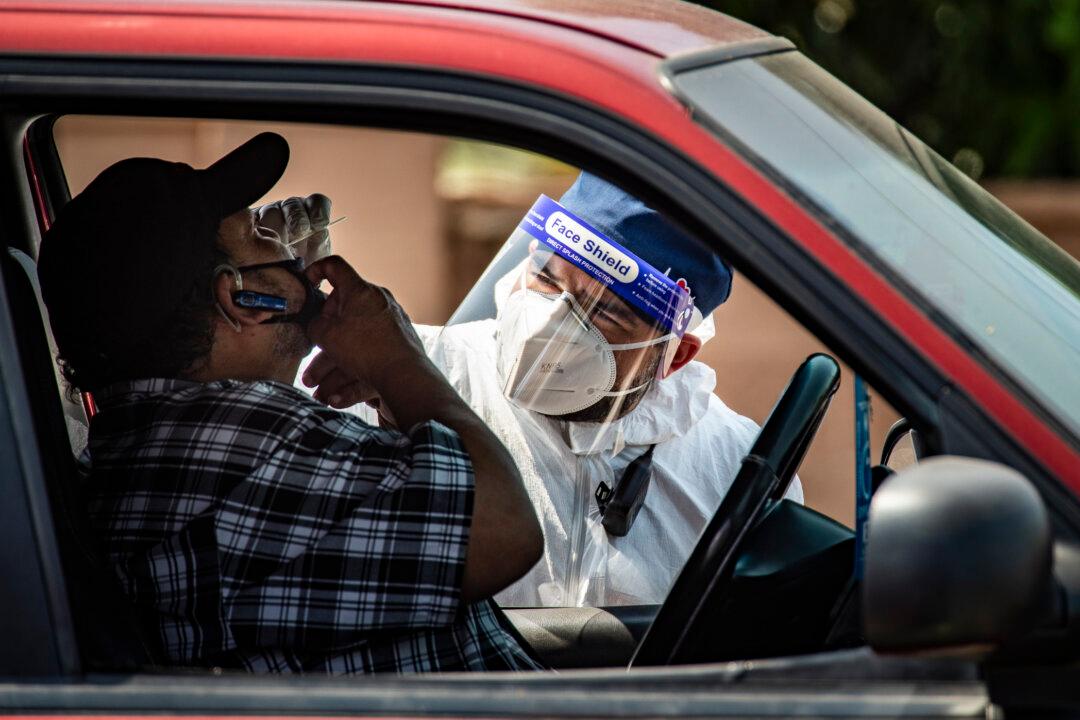People who test positive for COVID-19 don’t need to isolate for five days anymore, according to updated guidelines from the Centers for Disease Control and Prevention (CDC), which said that COVID-19 has become similar to—and in some cases less severe than—the common flu.
The new guidance, updated on March 1, says that the threat from COVID-19 has fallen to become more similar to that of other respiratory viruses, and so rather than providing additional virus-specific guidelines, the CDC is opting for a “unified, practical approach.”






